The Historic Landmarks Commission has approved the Multnomah County Central Courthouse. The 17 story, $300 million project will replace the existing courthouse on SW 4th Avenue, which is considered seismically unsound and no longer fit for use. The architects for the project are Portland based SRG Partnership and New York based CGL RicciGreene. The landscape architects are PLACE.
The program for the 325′ tall building includes multiple courts, office for District Attorneys, Public Defenders, Sheriffs, as well as support areas for staff, juries, defendants and the public. No parking is proposed. The project intends to achieve LEED Gold Certification.
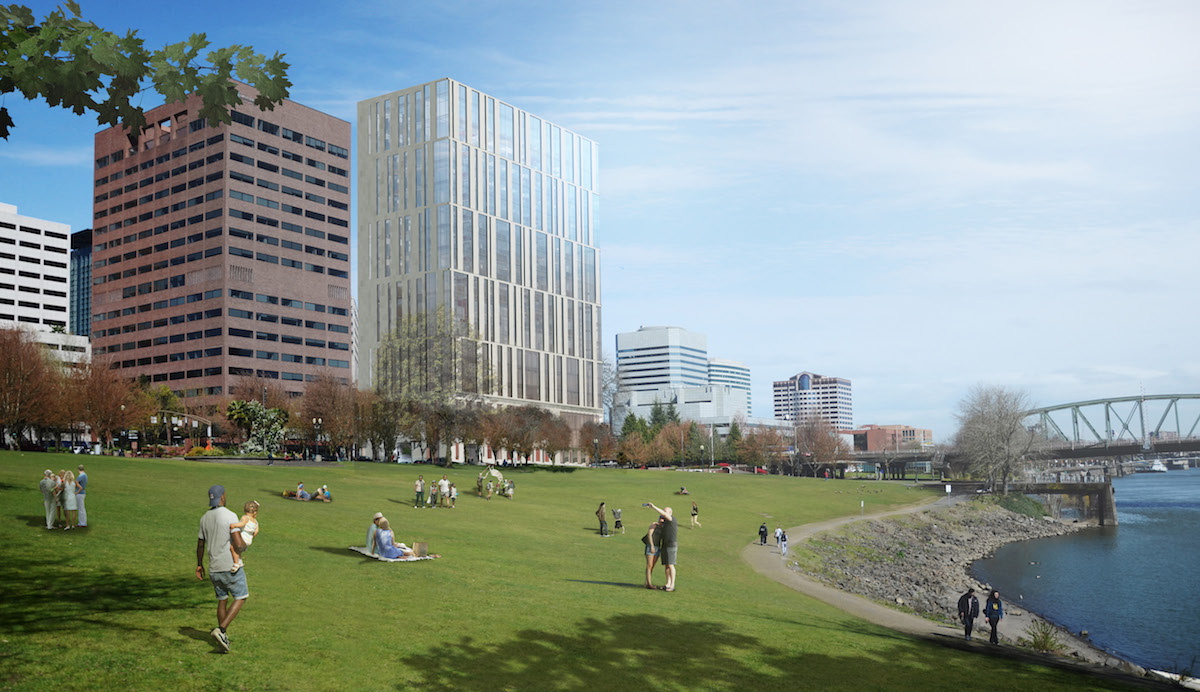
The site for the new courthouse was selected last year, after a long list of sites was narrowed to two potential sites. The site that was chosen is on County owned land at the Hawthorne Bridgehead, surrounded by SW Madison St, Naito Parkway, Jefferson St and First Ave. Roughly one quarter of the block is occupied by the Jefferson Station office building, which is listed on the National Register of Historic Places. The building will be renovated andbe incorporated into the new courthouse complex. Because the new building is considered an addition to the existing historic building, the entire project is being reviewed by the Historic Landmarks Commission, rather than the Design Commission (who would typically review a new building outside of a historic district).
In January 2016 it was reported that Multnomah County will buy the Veritable Quandary restaurant annex and incorporate the land it sits on into the site. The restaurant closed on September 30th.

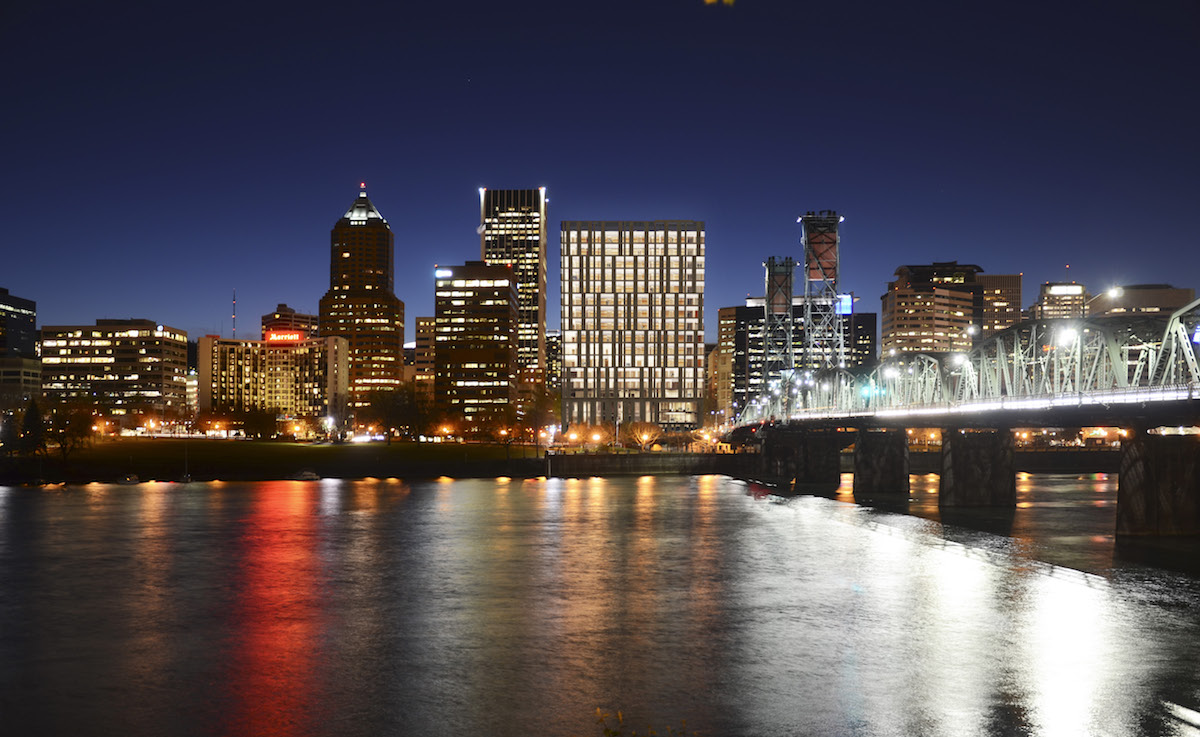
The primary material for the Courthouse will be limestone, a material which the architects point out has a long history of use in US courthouses. Other materials proposed include curtainwall (vision and spandrel), punched window openings, and metal accents.
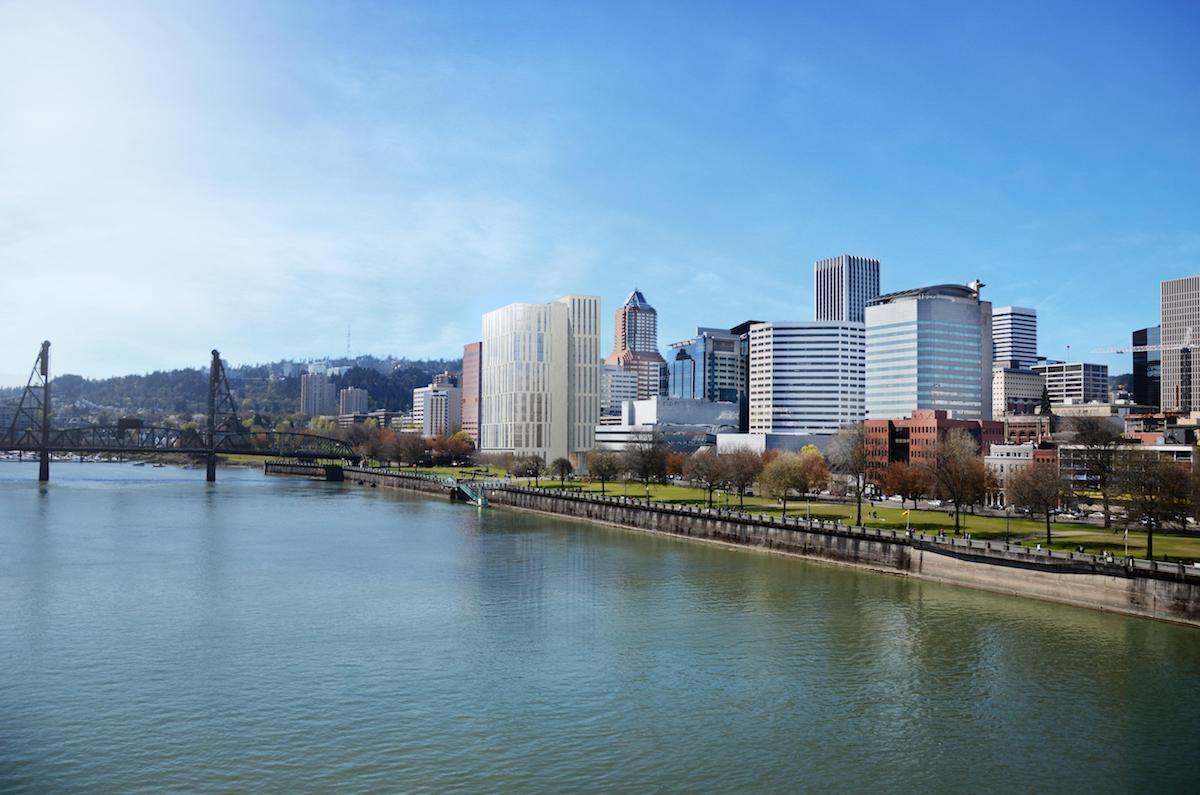
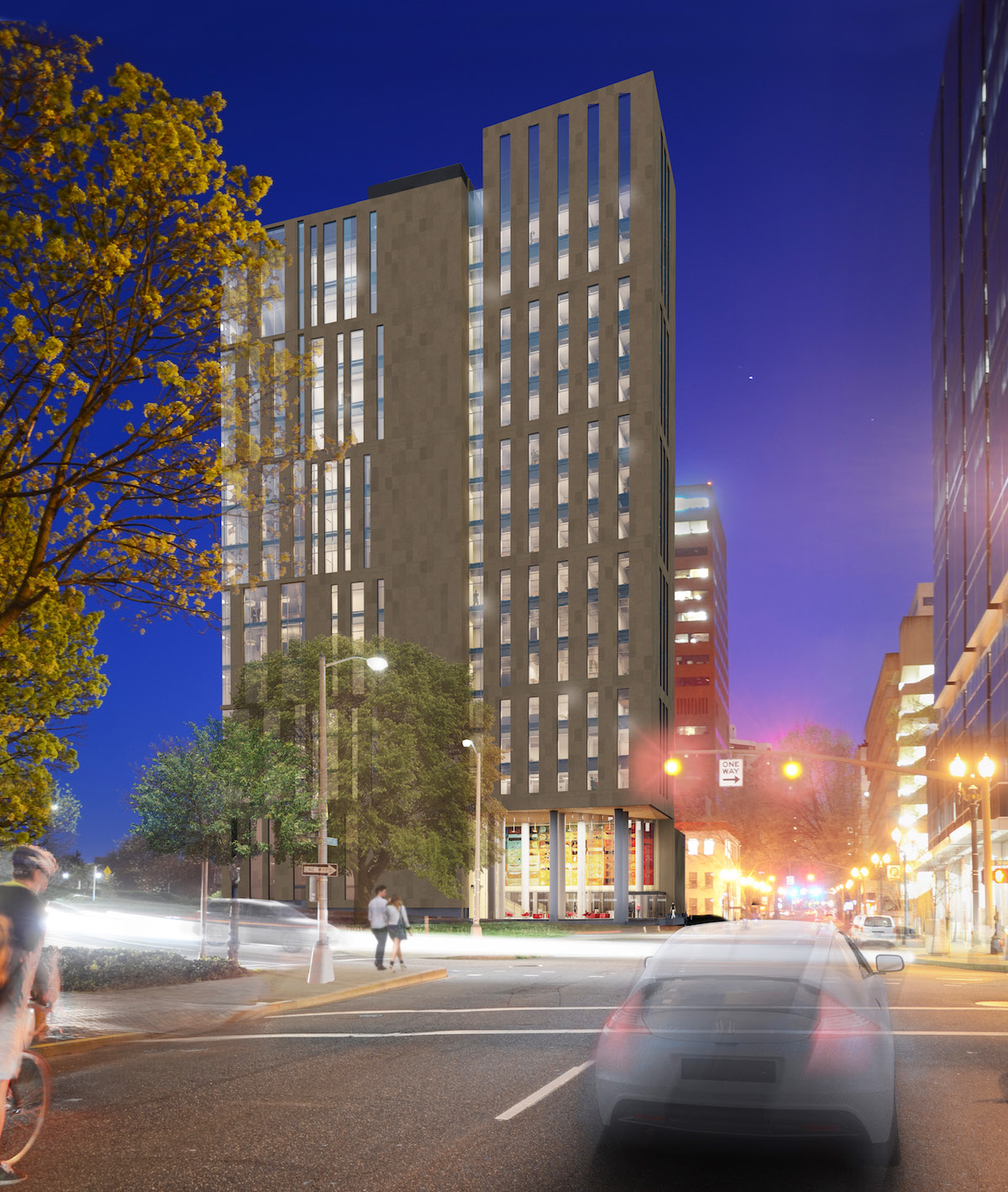
The new courthouse building will be arranged in plan as an “L” shape, split into two distinct volumes: a bar for the courtrooms on the east half of the block; and a smaller tower form for the judges and staff offices at the northwest corner of the block. The public circulation will be located at the perimeter of the courtroom volume, allowing for uninterrupted views to Waterfront Park, the Willamette River and Mt Hood.
The main entry to the building will be located at the corner of SW Madison and First Ave. The entry sequence will be arranged so that the public lobby can be seen directly from the entrance, without being obscured by the security screening area. Unlike the current courthouse there will be sufficient interior space to ensure that security queues won’t have to form outside. An exterior garden area, visible from the security area, will be created in the space between the new courthouse and the existing Jefferson Station building. The triple height lobby will include a grand staircase aligned with the east-west axis of the building. The staircase will terminate at the jury assembly area on the third floor, where the building will have views to the river uninterrupted by the tree line.
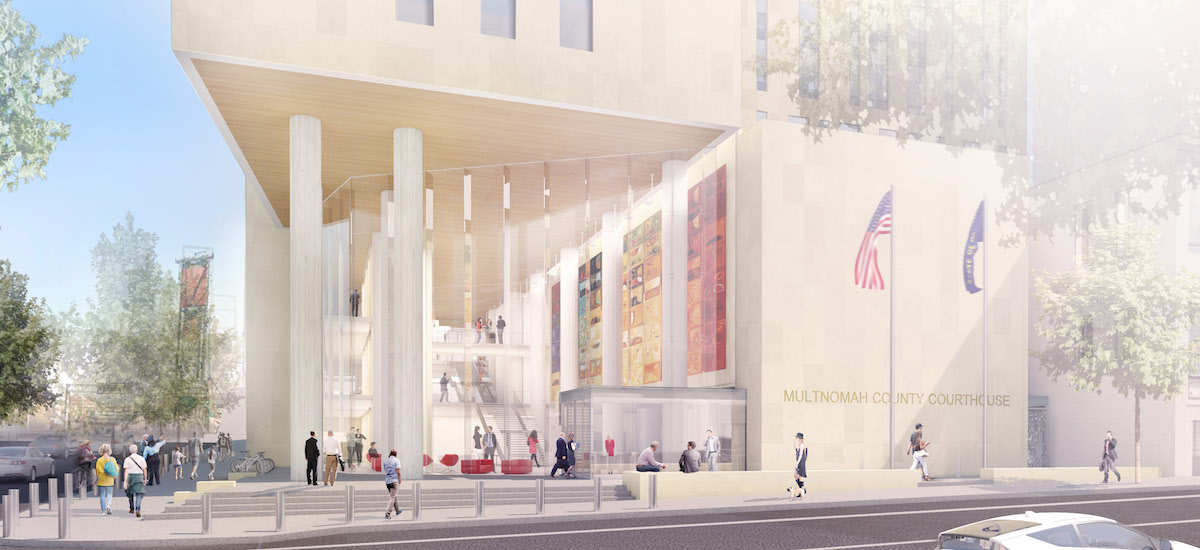
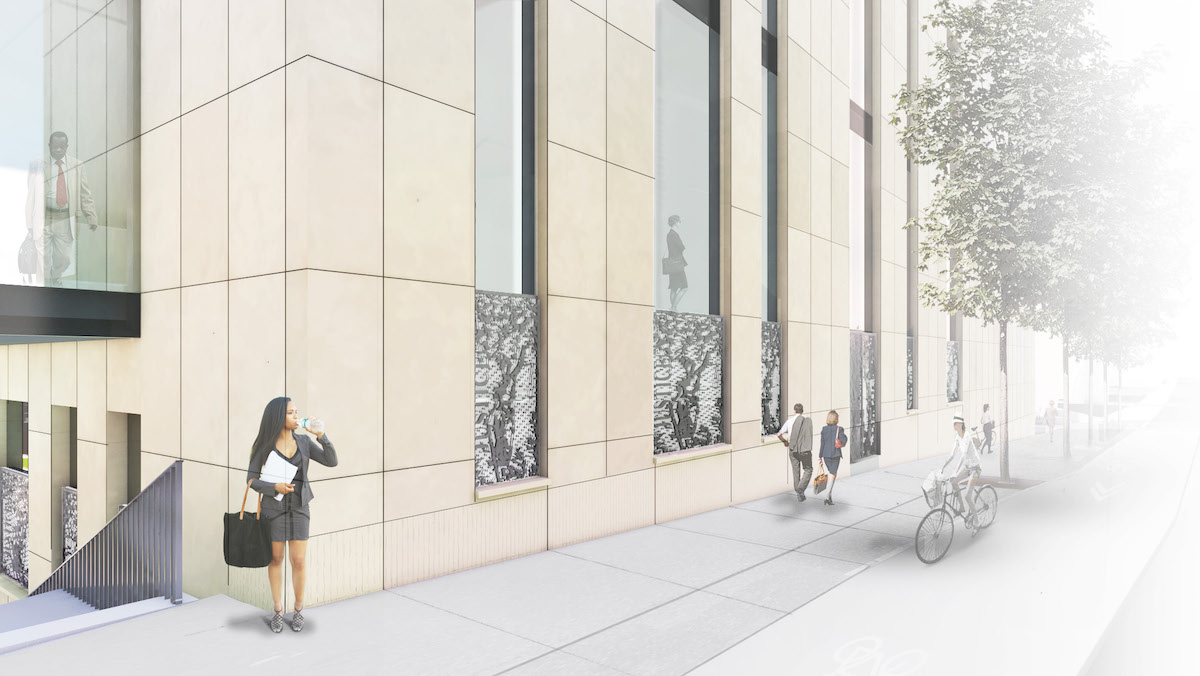
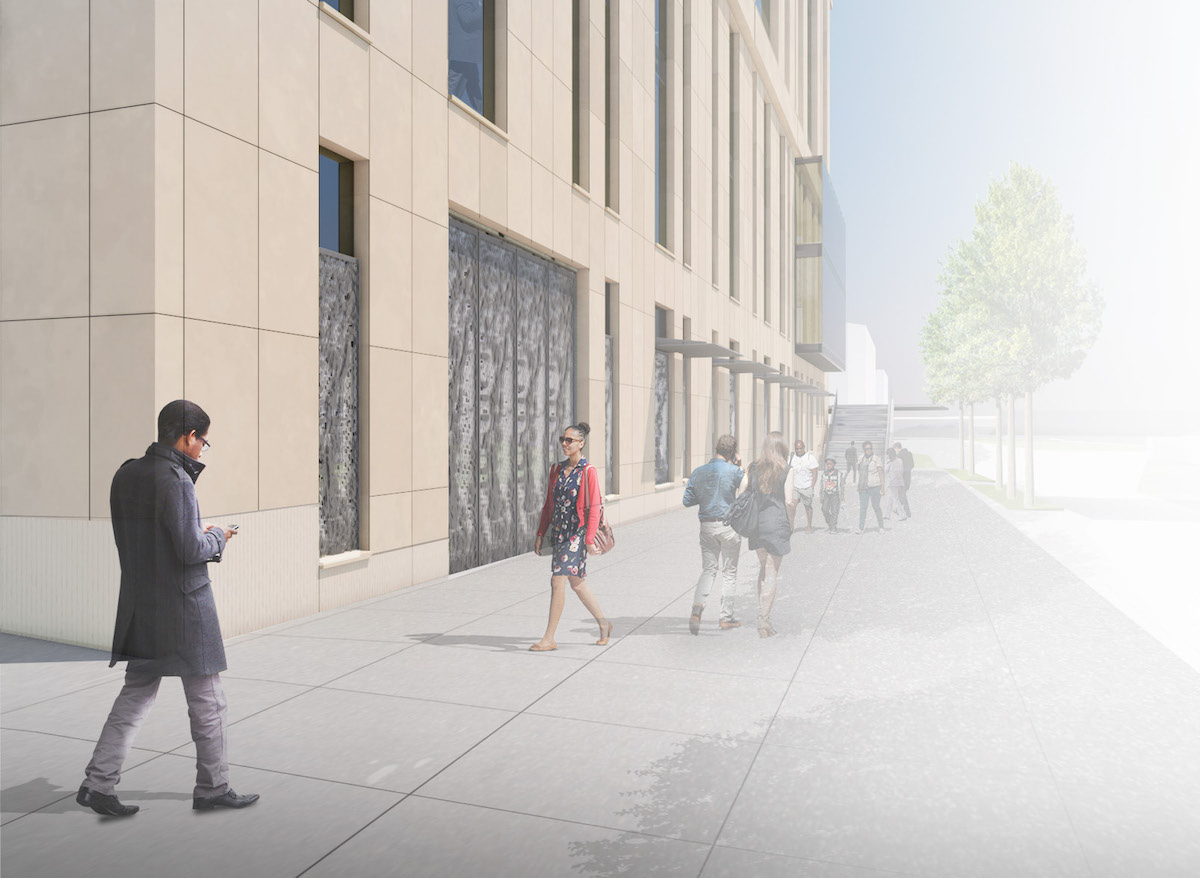
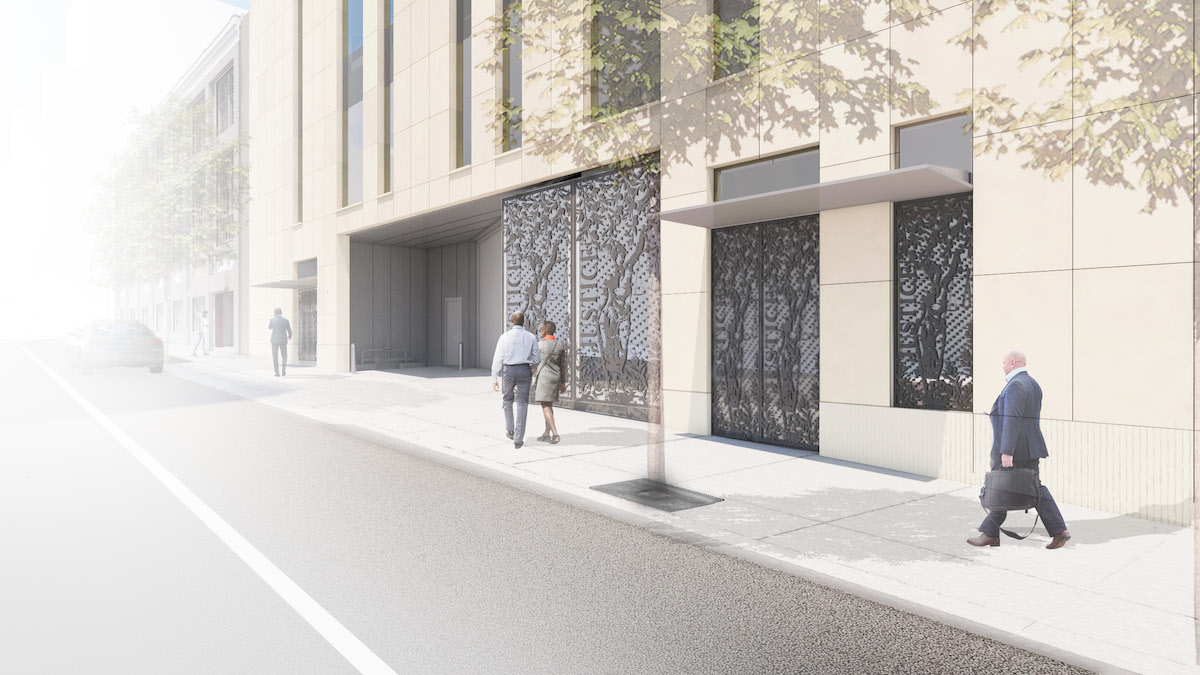
The Courthouse design was first presented to the Multnomah County Board of Commissioners in February 2016, and received Design Advice from the Design Commission in May 2016. In June 2016 the Portland City Council voted to increase the allowable height on the site from 200′ to 325′. The height increase is consistent with (but in advance of) changes that were approved in principle as part of the West Quadrant Plan and are likely to take effect in 2018.
At the first land use hearing, held on October 24th, the project was not yet recommend for approval approval for the project. Changes made between the first and second hearing included increased canopies along SW Jefferson St and revisions to the main entrance to the historic Jefferson Station building. The project was approved on December 12th, 2016, with Commissioners Solimano, Ranzetta, Roman and Engeman voting in favor of the project. The lone no vote was from Commissioner Minor. The Final Findings and Decision by the Landmarks Commission concluded that the new build would not compromise Jefferson Station, and that the landscaping and art proposed was sufficient to mitigate for the uses proposed at the ground level:
The purpose of the Historic Resource Review process is to ensure that additions, new construction, and exterior alterations to historic resources do not compromise their ability to convey historic significance. The alterations proposed to the landmark ensure the character defining features of the building are preserved and the replacement elements are compatible. The addition of the tower does not create an incompatible condition that diminishes Jefferson Station’s integrity as it is setback and differentiated through distinct materials and scale while aligning with the strong datums on the landmark. The recent revisions to the main entry, addition of canopies and associated conditions added at the December 12th hearing further ensure the alterations meet the historic approval criteria.
Throughout the project’s review, the ground floor program and the security requirements associated with the building’s use have been the biggest challenge. After suggesting numerous ways to provide more active uses within the ground floor in order to engage the interior activities with those on the sidewalk, the focus shifted to the building exterior and site frontages. To help improve the pedestrian experience along the sidewalk amenities including illuminated decorative metal panels, weather protection, high quality details and layered landscaping to buffer pedestrians from Naito have been incorporated. Conditions added at the December 12th hearing ensure a coherent use of design elements and material colors and finishes, uniform illumination of the metal art panels and additional glazing along the Jefferson frontage. The Commission finds the revised project as conditioned meets the approval criteria, including the Modifications and Adjustment, and therefore warrants approval.
Building permits are currently under review for the project. Preliminary site work, including the demolition of the Veritable Quandary building, has already begun.
Drawings
- Plan – Site
- Plan – Basement
- Plan – Level 1
- Plan – Level 1 (Jefferson Station)
- Plan – Level 2
- Plan – Level 2 (Jefferson Station)
- Plan – Level 3
- Plan – Level 3 (Jefferson Station)
- Plan – Level 4
- Plan – Roof (Jefferson Station)
- Plan – Level 5
- Plan – Level 6
- Plan – Level 7
- Plan – Level 8
- Plan – Levels 9 to 11
- Plan – Levels 12 to 17
- Plan – Roof
- Elevations – North and East
- Elevations – South and West
- Sections
- Sections
- Section
- Section
- Section
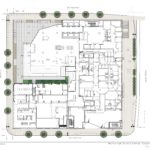
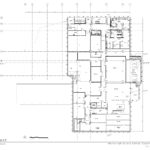
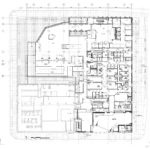
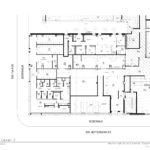
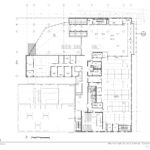
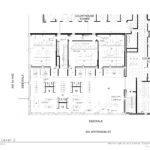
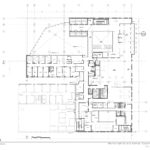
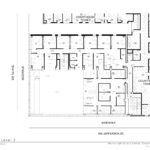
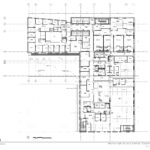
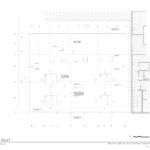
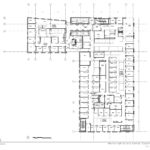
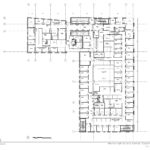
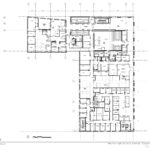
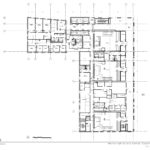
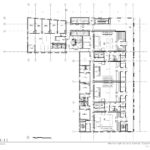
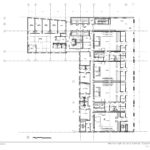
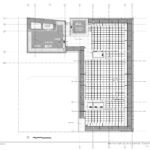
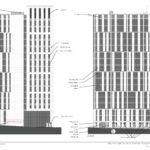
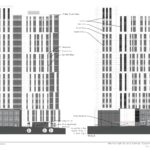
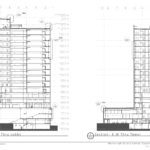
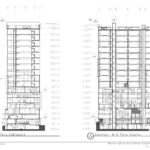
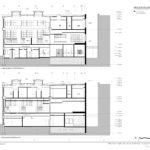
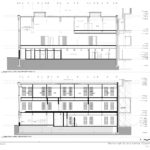
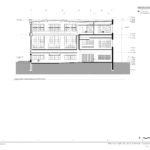
The fact the architects are using limestone is a start but are we really going to have to look at the abstract monstrosity that is the windows’ placement? Or the overly scaled glazed entry? Why is this still being pushed in development and how can people like such disorder? Just run with the north facing window arrangement and use the extra money to add a base, with ornament throughout to ensure of its committed permanence to the city. The design commission is too keen on the abstract glass art and in this case, adding it to the far too giant vestibule. How does that represent law and justice? At least the courthouses from 100+ years ago had anthropomorphic statues that reflected the nondiscriminatory nature of justice and the stern hand of law to remind everyone passing that the community and the city align morally in its court systems.
Unlike art, we can’t avoid this large addition to the waterfront. The design commission needs to rid themselves of their old cat ladies and progressive ‘men’, whom love globalist modernist design and its dissociative, abstract facades. Appoint individuals that know that building the future and keeping the past alive are one of the same in architecture & planning.